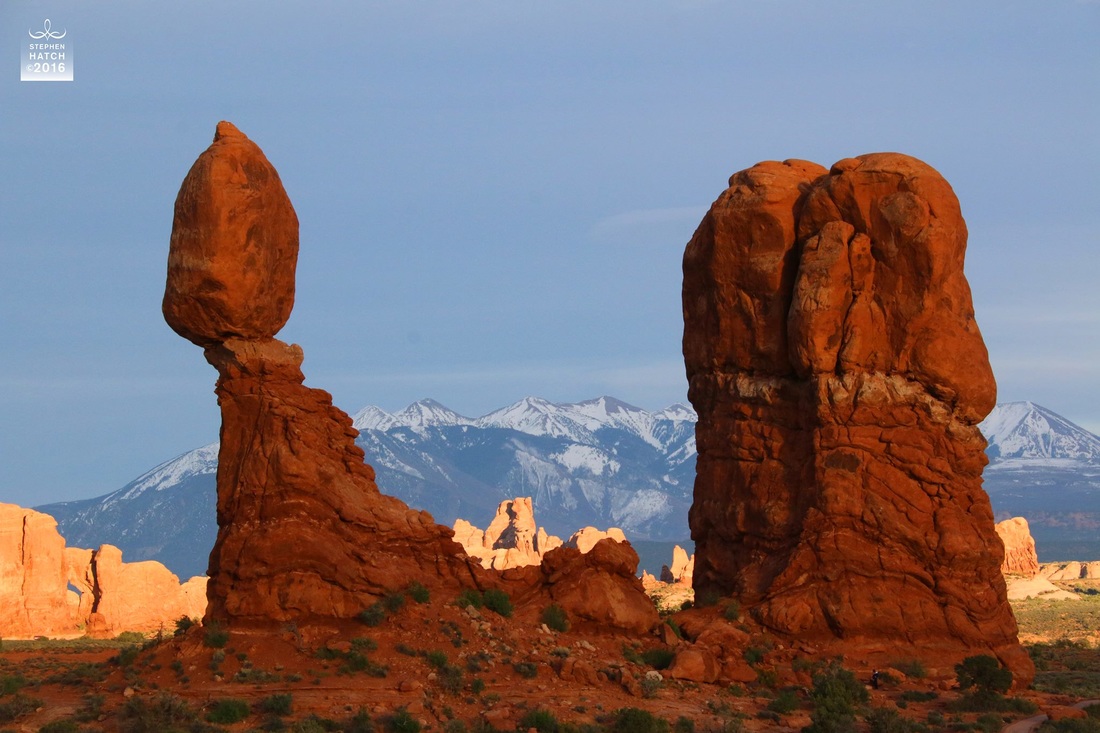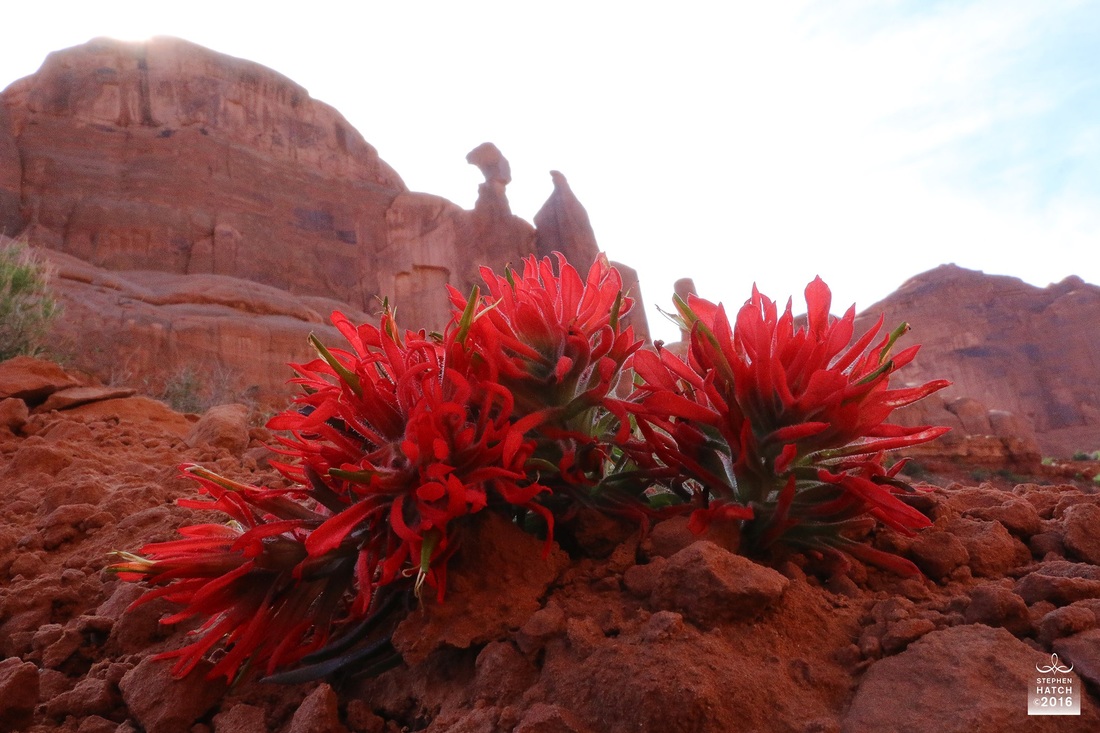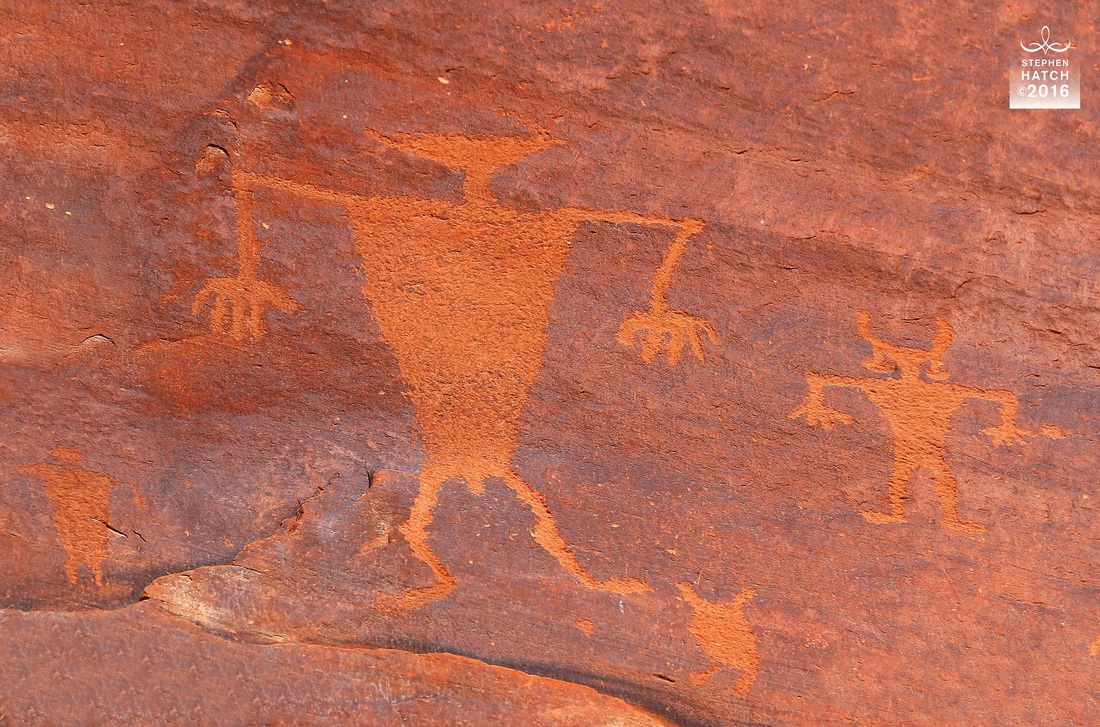|
I find it somewhat disconcerting to see how thoroughly postmodern society has moved away from an awareness that Eros is a reality much larger than merely a sexual relationship occurring between two human beings. For example, in the course on mysticism I just finished teaching, quite a few students had a difficult time with the writings of the mystics that talked about their own intense love affair with the Divine. One student repeatedly got angry, calling such love "a repression of sexuality," while a second said it felt "creepy" to her. A third student stated that she felt the continual longing experienced by the mystic - even though such longing was always known to be a TWO-WAY desire coursing between God and the human soul - was in reality evidence of a neurotic state of being. I know that one major source of this state of affairs is the fact that we all have been infected with the philosophy of Nominalism, the idea that universals - like the Divine Beloved, a wider Eros or a cosmic longing - are real "in name only." According to the nominalistic philosophy first espoused by William of Ockham in the 14th century, only INDIVIDUALS and collections of individuals truly exist. This attitude has been carried on down to the present day, when romantic love between mere individuals has become a religion in itself, one that replaces any sense of a love affair with a larger Whole. It was with great interest, therefore, that yesterday I happened to read philosopher David Fideler (In "Restoring the Soul of the World") write the following passage in a section entitled "The Erotic Philosopher": "Love is more than merely a human emotion. In the Greek tradition, the power of Eros was seen as the underlying force that moves the heavenly spheres and animates all of existence. Love is the magnetic pull that binds all of creation together into a seamless unity. When we speak of Eros today, ideas of sexual desire immediately come to mind. But our modern conception excludes the ancient understanding that sexual love is just one aspect of a much larger cosmic force. Viewed as a universal power, it is the magnetic pull of Eros that inspires the electron to desire the proton, lovers to desire conjugal union, and the soul of the mystic to desire union with the ineffable source of creation. When Dante spoke of 'the Love which moves the sun and the other stars' in the final line of 'The Divine Comedy,' he was referring to the ancient idea that cosmic desire energizes the motion of the entire universe . . . There is a well-known tendency today to fall down and worship the human beloved as the ultimate source of the lover's experience, rather than seeing the beloved as a catalyst of transformation; and in the misplaced literalism of this perception, there exists the danger of not viewing the soul's awakening within a larger context. The Greeks, however, understood that an individual love, while beautiful in itself, can also awaken us to greater realities. Love is a noble end in itself, but also the means to greater ends." Fideler than goes on to describe in detail the manner in which Plato and Socrates placed human eros into the context of a larger love of "Wisdom" and of the "World Soul." Fortunately, I have another student - a devoted Vajrayana Buddhist - who really "got" it, and who became so inspired by the Western tradition of Divine Romance that he is currently writing his Master's Thesis on the topic. Specifically, he is exploring what non-heteronormative imagery describing this larger love affair might look like for an LGBT person and for the rest of us. Vincent Hayes, I'm excited to see what you find! Photos: First two photos: Balanced Rock and the La Sal Mountains, Desert Paintbrush and Queen Nefertiti, Arches National Park, UT; Third photo: Fremont Culture Petroglyph near Moab, UT, carved between A.D. 1 and 1300. All three photos were taken on April 23-25, 2016 For Spiritual Direction or Workshops, please visit: http://www.resourcesforspiritualgrowth.com/
0 Comments
Leave a Reply. |
AuthorStephen Hatch, M.A. is a spiritual teacher and photographer from Fort Collins, Colorado. His approach is contemplative, inter-spiritual, and Earth-based. Archives
June 2016
Categories |



 RSS Feed
RSS Feed
